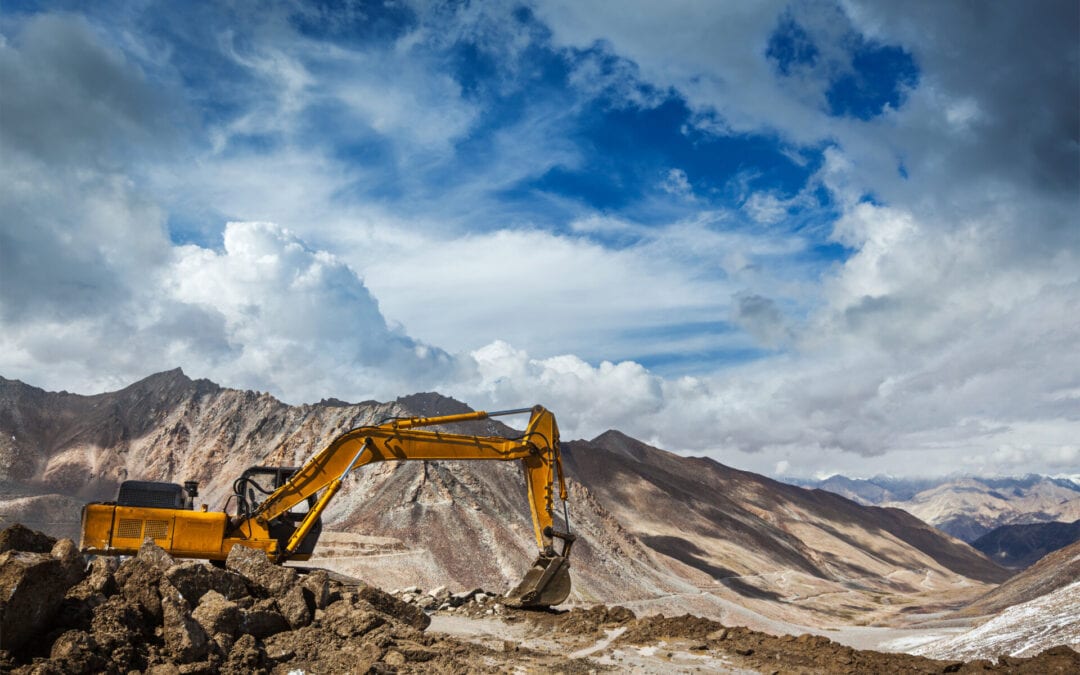An excavator can perform a variety of tasks depending on the excavator attachment that you fit it with. Choosing the right attachment can be challenging as there are several factors that you will need to consider.
In this article, we hope to help give light to choosing the right attachment.
Types of Excavator Attachments
There are several types of excavator attachments available for you. Each type fulfills a range of tasks, so your choice impacts the extent of what you can do. Some of the most commonly-used attachments are the following:
- Bucket: The bucket is a versatile tool for scooping up and moving soil, rocks, and other debris.
- Breaker: Breakers are large hammers attached to excavators and are primarily for smashing rocks. These are commonly used in demolitions.
- Grappler: Also known as lifting grapples, these attachments are used for grasping large objects for movement.
- Auger: Augers are large drills that can be used for boring holes in the ground or other materials.
- Others: There are many other attachments aside from the common ones already mentioned. These include post holes for digging, rakes for dredging, and hooks.
Even if you select the correct attachment that suits your task, efficiency isn’t immediately guaranteed. There are still many other factors that come into play and all of these are things you also need to consider.
Selecting the Correct Excavator Attachment: 5 Things to Help You Choose
Choosing the correct excavator attachment for the task at hand cannot be done just on a whim. The attachment you choose directly affects the machine’s health and the success of your task, after all. Here are five things to help you select the correct attachment.
1. Know what you need to do.
The most important consideration in choosing the correct excavator attachment is the specific task you need to do. As we have already mentioned above, each attachment has something that it excels at.
Make sure to consider what task you need the attachment for when you decide. If you need to smash through solid ground, for example, then a breaker would be your best choice. Cleaning up debris, on the other hand, would require a rake or bucket.
2. Check the conditions of the work area.
Even if your attachment of choice can do a task excellently, it won’t perform well in all environments. Some attachments perform better under specific working conditions but underperform in others. For example, a standard bucket would work well with gravel, sand, or clay. However, these would pale in comparison to anti-abrasion buckets when attempting to clear large debris.
Among the conditions that you have to consider are the following:
- Soil type present in the work area
- Size of the particles to be cleared
- The presence of any hazards
- Weather conditions
- Clearance height
Be sure to consider all of these conditions as they can affect your excavator’s work. Choose the attachments accordingly based on your judgment.
3. Each attachment has specifications.
Even if attachments are of the same type, not all of them are made the same way. There are specific details to consider, and each of these has distinct advantages and disadvantages over other variants. Some of the differences between variants include:
- Size of the attachments
- Carrying capacity, specifically with buckets
- Material used
- Length of reach
As such, you need to think of how each variant’s properties and match them with the task you need to do.
4. Make sure the hydraulics match.
Each excavator is designed in a specific way and this design dictates the hydraulic requirements that it can handle. Do not use attachments that go past these hydraulic requirements since you’ll only overwork the excavator. Doing so will most likely result in the machine’s poor performance. The worst cases can even lead to machine failure and breakages in the machine’s parts.
Aside from the hydraulic requirements, also consider the following:
- The maximum weight of attachments based on the excavator’s model
- The stability of the machine
- Length of the machine’s reach
- The machine’s center of gravity
Taking these into account before you even select attachment ensures that your excavator performs well. Ensure that you don’t push past your machine’s limits to keep it in excellent working condition.
5. Consider multiple requirements.
Some tasks will require multiple attachments to complete properly. For example, demolitions will require attachments for both breaking structures and clearing the debris afterward. Initiating constructions after the debris has been cleared will also need specific attachments.
If you know that you need to switch between attachments, consider using a quick coupler. A quick coupler allows you to quickly change which attachment is used by the excavator. This is especially useful since it’s convenient, cost-effective, and helps you get work done faster.
Choose the Best Excavator Attachment for the Task at Hand
Do you need help with finding and choosing the right excavator attachments? IAI USA is the best company to consult if you have this problem. We have professionals that you can consult, and we have a wide selection of items to choose from. We will help you get your task done. If you need more information, call 1-813-415-4983.

Recent Comments